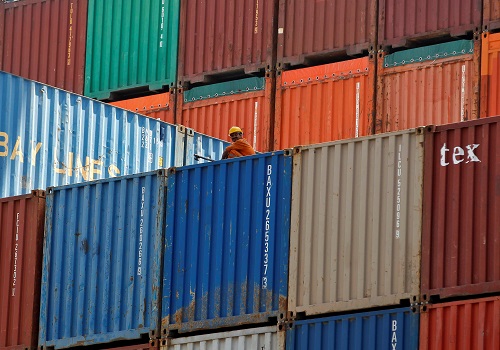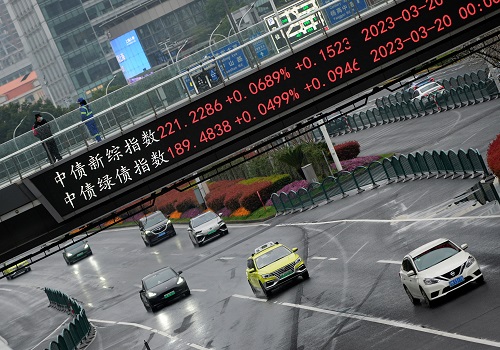India surpasses 200 GW-mark in renewable energy production

Follow us Now on Telegram ! Get daily 10 - 12 important updates on Business, Finance and Investment. Join our Telegram Channel
Led by solar and wind energy, India has crossed the 200 gigawatt (GW)-mark in renewable energy (RE) production in the month of September.
As per latest data from the Central Electricity Authority (CEA), the renewable energy-based electricity generation capacity (including small and large hydro, biomass and co-generation and waste-to-energy) crossed the 200 GW-mark in September.
The total RE production reached 201,457.91 MW, driven by solar at 90,762 MW and wind energy production at 47,363 MW.
The country’s total non-fossil fuel-based power capacity now stands at 46.3 per cent of the total installed electricity generation capacity.
Top four states are Rajasthan (31.5 GW), Gujarat (28.3 GW), Tamil Nadu (23.7 GW) and Karnataka (22.3 GW), as per the data.
According to the government, the country saw an impressive 86 per cent increase in power generation via renewable energy since 2014, from 193.5 billion units (BU) to 360 BU.
Union Minister of New and Renewable Energy, Pralhad Joshi, said last week that under the leadership of Prime Minister Narendra Modi, India has witnessed a transformative increase in its renewable energy capacity since 2014, with a 175 per cent rise from 75 GW to over 200 GW today.
India is also making significant strides in the green shipping sector, and aims to be among the top 10 shipbuilding nations by 2030 and the top five by 2047.
India is the only G20 country to have met its climate targets ahead of schedule, despite having the lowest per capita emissions among G20 nations.
As per the International Renewable Energy Agency (IRENA), India had a cumulative installed wind power capacity of 44.7 GW in 2023, ranking fourth globally. The country added 2.8 GW of wind capacity in 2023, marking a significant increase after five years of slower growth.

























